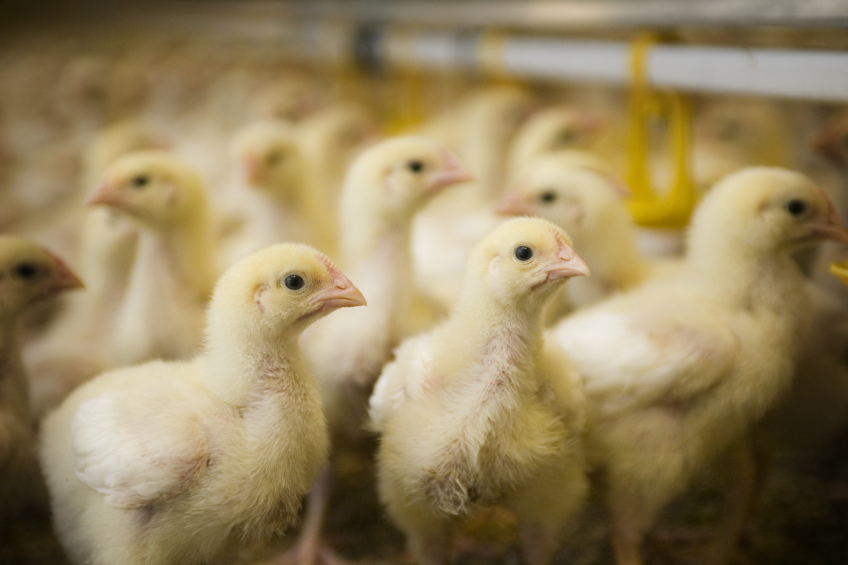Coated butyric acid – effect of different doses

Butyric acid, a short-chain fatty acid, is known to be involved in mucosal immune response and to have an anti-inflammatory effect in animals. What what else does it influence?
It also influences gene expression and protein synthesis. Butyric acid has very complex and diverse modes of action and is commonly used as calcium or sodium butyrate.
After being added as a supplement to the animal diet, better nutrient utilisation and beneficial effects on animal performance were reported. Short chain fatty acids are quickly and quantitatively absorbed and metabolised by mucosa cells.
So, when given orally, butyric acid’s absorption and metabolisation starts in the crop’s mucosa and a limited amount reaches the small intestine, thus restricting its practical use in animal production. Butyrates are therefore protected through microencapsulation, a technology that helps prevent the rapid absorption in the upper gastrointestinal tract, thereby increasing the region exposed to the molecule and targeting its release in the small intestine.
Enhanced animal performance
It has been shown that administering low doses of protected butyrates to healthy animals results in enhanced animal performance (body weight and feed conversion ratio), though information on its effect on the apparent metabolisable energy of diets or crude fat and amino acid availability in broiler chickens is limited. In two experiments, four dietary treatments were applied to determine the effect of protected butyrate on growth performance and nutrient digestibility in broiler chickens. One of the experiments included a group consisting of a basal diet with avilamycin, an antibiotic growth promoter. This is commonly used as a control treatment in trials in which alternatives for antibiotic growth promoters are tested.
A group of one-day-old male Ross 308 broiler chicks (480 per trial) were used. The use of protected butyrate improved the feed conversion ratio (P < 0.05), irrespective of the dose administered. It also improved the apparent ileal digestibility of amino acids, apparent total tract crude fat digestibility and apparent metabolis-able energy corrected for nitrogen. It showed that protected butyrate, alone or in combination with avilamycin, improves digestion, absorptive processes and bird performance.
(S. A. Kaczmarek, A. Barri, M. Hejdysz and A. Rutkowski, Poultry Science)
[Source: World Poultry magazine. Volume 32.5 – 2016]
Join 31,000+ subscribers
Subscribe to our newsletter to stay updated about all the need-to-know content in the poultry sector, three times a week. Beheer
Beheer








 WP Admin
WP Admin  Bewerk bericht
Bewerk bericht